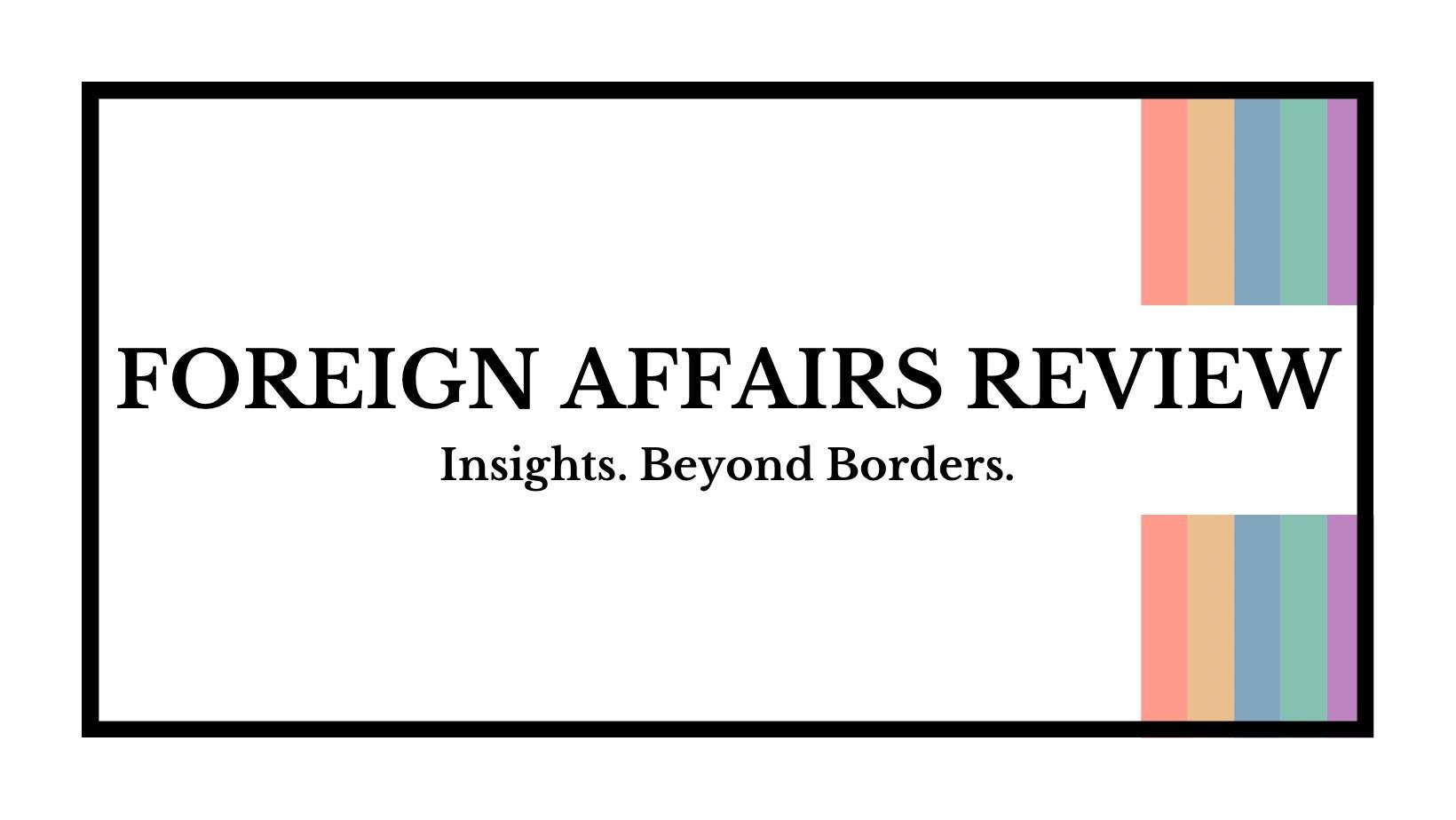Implications of National Guard Deployment in Washington, DC
In early August 2025, United States President Donald Trump called for the deployment of 800 National Guard troops to Washington, DC. The decision, he claimed, was a response to rampant, uncontrolled crime in the city. More plausibly, however, especially given DC Mayor Muriel Bowser’s claims of record low crime rates, is that this is further manifestation of Trump’s desire to engage in strong man politics, attempting to target his opponents and show force to the American people.
The unique identity of Washington, DC as a city, a political entity, and a symbol make the use of National Guard troops an even more striking statement. Similar to other major cities which Trump has subsequently threatened (with varying degrees of success) with National Guard deployment, DC is a stronghold for the Democratic Party. In the past three general elections in 2016, 2020, and 2024, the Democrats won 90.9, 92.2, and 90.3 percent of the vote respectively. However, DC’s position is unique to that of the other cities, for example Chicago, in part because of its status as a district without statehood.
Though often misunderstood, Washington, DC is neither within a state nor a state in its own right. Among the implications of this status, DC does not get representation in Congress. However, (of notable importance to this particular issue) DC residents do pay federal taxes. A large piece of the controversy over the use of the National Guard is the massive cost it demands. In the case of the DC deployment, the cost is an estimated $200 million. This price tag will be paid for by federal tax revenue. What this means for DC residents is that they are once again facing the reality of their ‘taxation without representation’ status. A city which overwhelmingly did not vote for Trump and which has no representative power to combat the troops in their city, are going to participate in paying for the deployment.
Since Trump announced he would be sending troops to the city there has been a strong response from DC natives, pushing back against the President’s actions. A poll conducted by the Washington Post in August indicated that despite a convincing 31 percent of residents identifying crime as a major issue, 69 percent of those polled strongly oppose the deployment of troops in the city. Further, the poll concluded 61 percent of DC residents felt less safe due to the presence of soldiers in the city. But, again, despite this overwhelming public dissent, with no voting power in Congress DC has little control over the situation.
In 2025, Washington has become the homebase for Trump’s attempts to establish his dream police state. Before the National Guard came to the city, in June the city hosted a military parade for the 250th anniversary of the American Armed Forces, an event which coincidentally overlapped with Trump’s very own 79th birthday. The parade involved the procession of tanks, Black Hawk helicopters, armored vehicles, and thousands of troops. The display of military might seen here seemed akin to those seen in Russia or North Korea. A parade, one could argue, designed to stroke the ego of a ‘strong man’ leader looking to show his power and control. Further serving as a reminder to any opponents of the military force so readily at his disposal. One additional note is that the cost of this parade is also estimated to have been in the millions, showing an emerging trend of irresponsible spending on unnecessary military displays.
The location of these displays is an important element of the issue. DC is the capital of the United States, known worldwide for being the seat of the American federal government. It is thus essential to note the powerful symbolism in these events. It would be unfair to not acknowledge that DC is not a city unused to police presence. As the nation’s capital there is, as a norm, a heightened level of security, particularly around federal government buildings, with numerous law enforcement agencies operating in overlapping jurisdictions. However, the visuals of rows of tanks moving through the streets of downtown is not typical and seem to hold a tone of militancy rather than security.
The striking images from the June parade have since been joined by an onslaught of photos of National Guard troops patrolling around key landmarks in the city. Especially in the beginning of the deployment, the troops were largely concentrated in tourist centers. In popular areas of the city, groups of soldiers could be seen roaming the streets dressed in full uniform, outfitted with bulletproof vests. It seems implausible that the optics created, giving the illusion of DC as a war zone, could be accidental. Around the city soldiers can be seen chatting with tourists and, largely, looking bored, again illustrating the apparent unnecessary nature of their presence.
Evidently, the purpose of the troops in DC rests in their symbolism, a visual reminder both to the world and the American people, of Trump’s power. National Guard deployment to DC, followed by subsequent attempted and successful deployments to other Democratic cities around the country indicate a concerted effort to target political opposition and build a police state. The expansion of military presence in civilian settings in America seems a dramatic step in the direction of state militarization. The optics of massive military force in the capital of the world’s most powerful democracy is a development which is beyond alarming and raises serious concerns for the future of the US as well as the wider Western world.
Image courtesy of Victoria Pickering via Flickr, ©2025. Some rights reserved.
The views and opinions expressed in this article are those of the author and do not necessarily reflect those of the wider St. Andrews Foreign Affairs Review team.



